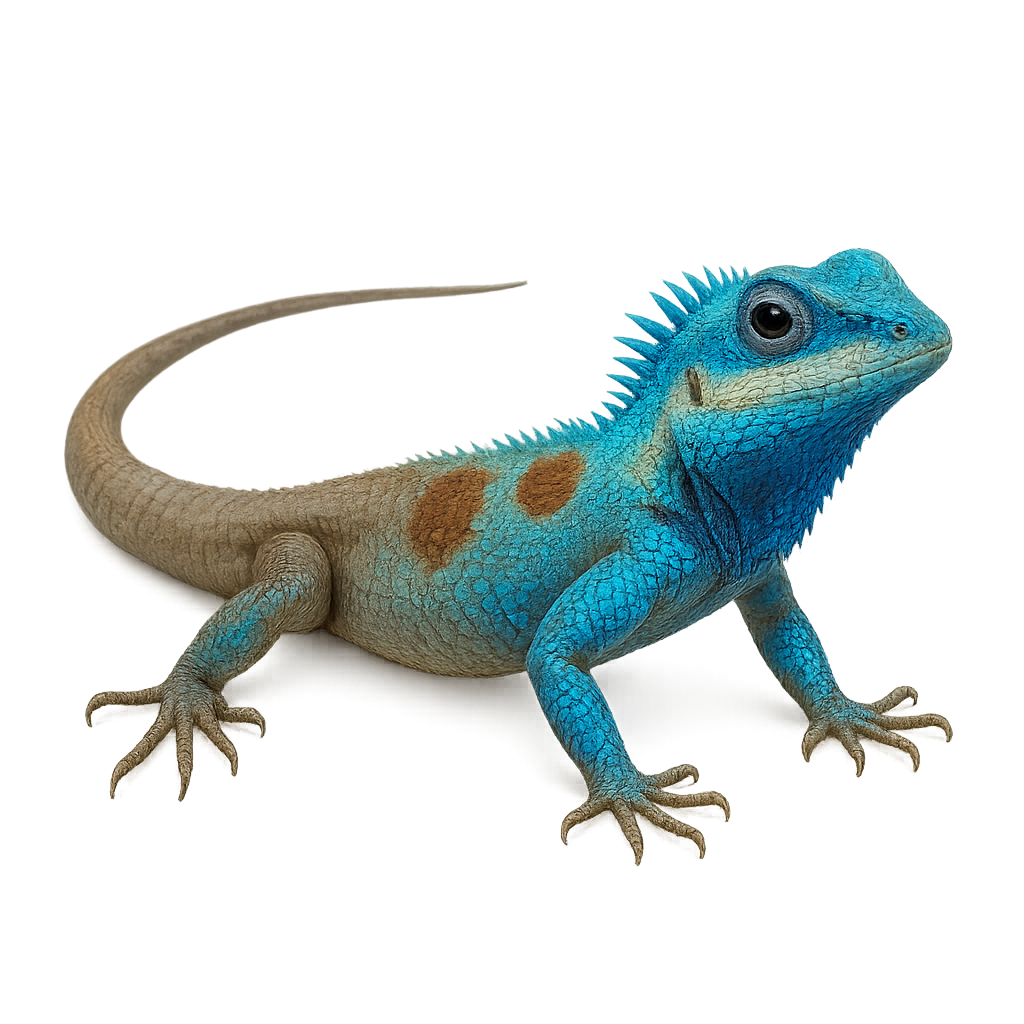Your wildlife photography guide.
Explore the indochinese forest lizard in detail, study its behavior, prepare your shots.
Where to observe and photograph the indochinese forest lizard in the wild
Learn where and when to spot the indochinese forest lizard in the wild, how to identify the species based on distinctive features, and what natural environments it inhabits. The WildlifePhotographer app offers tailored photography tips that reflect the indochinese forest lizard’s behavior, helping you capture better wildlife images. Explore the full species profile for key information including description, habitat, active periods, and approach techniques.
Indochinese Forest Lizard
Scientific name: Calotes mystaceus

IUCN Status: Least Concern
Family: AGAMIDAE
Group: Reptiles
Sensitivity to human approach: Suspicious
Minimum approach distance: 3 m
Reproduction period: April to July
Incubation: 50–60 jours
Births: June to September
Habitat:
Tropical forests, wooded areas, forest edges
Activity period :
Active during the day when temperatures are favorable, often seen basking in the sun.
Identification and description:
The Calotes mystaceus, or Indochinese Forest Lizard, is an arboreal lizard native to Southeast Asia, particularly found in Thailand, Myanmar, and Laos. It is recognizable by its vibrant coloration, often green with shades of blue and red, and its prominent scales around the head resembling a mustache. This lizard typically measures between 25 and 35 cm in length, including the tail. It prefers tropical rainforests and wooded areas, where it primarily feeds on insects and small invertebrates. Active during the day, it is often seen basking in the sun on branches or tree trunks. Although relatively common in its natural habitat, it can be difficult to spot due to its effective camouflage.
Recommended lens:
Macro – adjust based on distance, desired framing (portrait or habitat), and approach conditions.
Photography tips:
To photograph the Calotes mystaceus, it is advisable to use a macro lens to capture the details of its scales and vibrant colors. Approach slowly to avoid scaring it, maintaining a distance of about 3 meters. Look for it in trees or on trunks, especially during the sunniest hours of the day. Use a fast shutter speed to freeze its quick movements. Take advantage of natural light to highlight the shades of its skin.
From knowledge to field practice
A species profile helps you understand an animal. In the field, the challenge is often different. Remembering your own observations.
The WildlifePhotographer app allows you to:
• record your personal observations
• note locations, dates, and behaviors
• revisit your field references over time
• build a private and long-term field logbook
The app does not provide observation locations.
It helps you organize what you actually observe, with respect for wildlife.

